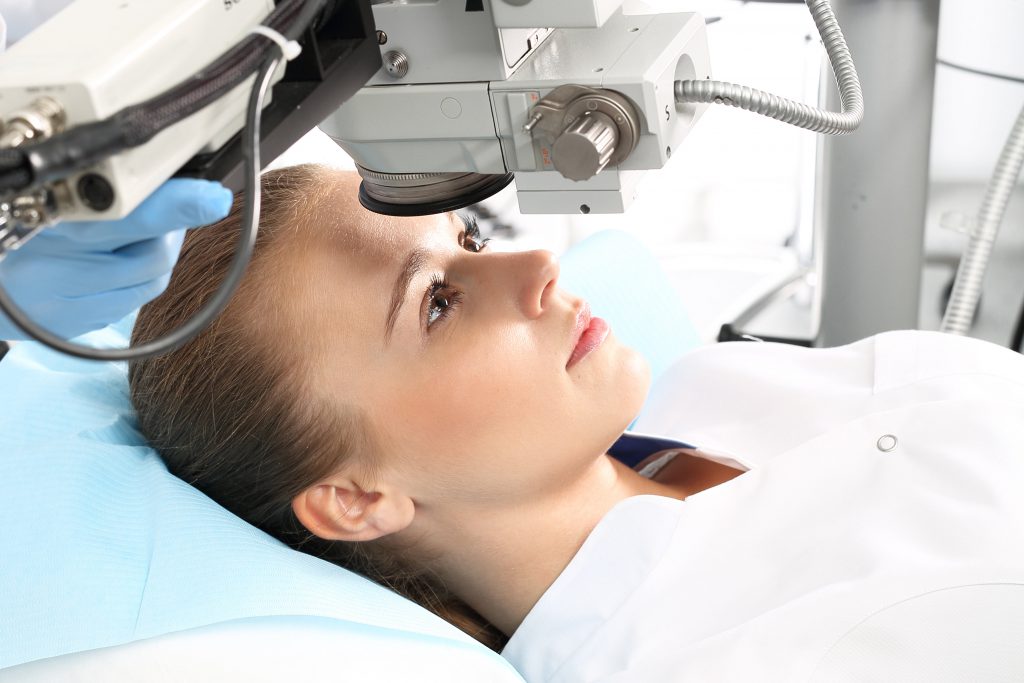
Health
Endometriosis affects one in nine women, girls and those assigned female at birth. There are over 830,000 individuals living with this illness in Australia and it can start often during one's teenage years.
Endometriosis happens when cells like those that line the uterus (womb) grow in other parts of the pelvis such as the bladder, bowel or ovaries. In rare cases, these cells can develop in other parts of the body such as in the diaphragm, liver, eye or nose.
These cells respond to oestrogen and progesterone, just like the cells within the uterus. This means they may bleed at the same time as your period, but they can’t leave the body during menstruation, which can cause pain and inflammation and lead to scar tissue.
The cause of endometriosis isn’t clear-cut. But these factors can play a role:
About a quarter of women will not experience symptoms of endometriosis. These women may only discover they have the condition after fertility struggles or if they’re diagnosed during an unrelated operation.
For the remainder of sufferers, the most common symptom is severe period or pelvic pain.
Other symptoms may include:
A laparoscopy – a minor operation done under an anaesthetic – is the only way to diagnose endometriosis. A gynaecologist will insert a thin telescopic tube with a light into the abdomen through a small cut in the belly button to see if there is any endometrial tissue outside the uterus. A tissue sample will then be taken and examined under a microscope.
Treatment options for endometriosis include:
Early detection can be the key to managing endometriosis.
A Raising Awareness Tool for Endometriosis (RATE) has been developed as a quick electronic resource for healthcare professionals and patients to identify, assess and better manage the condition and its symptoms.
If you’re worried you may have endometriosis, speak to your GP or gynaecologist.